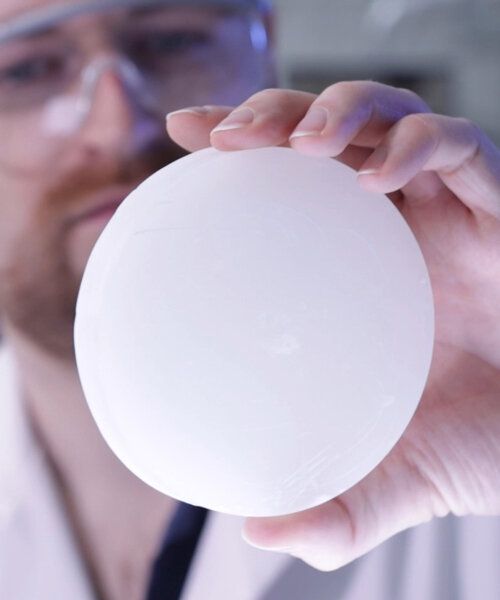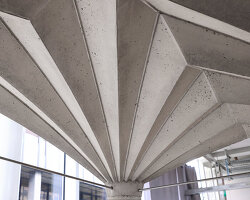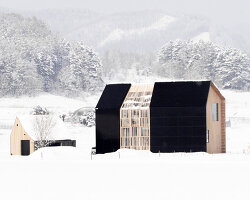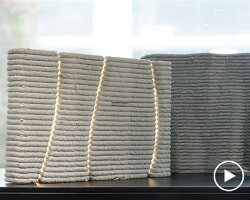could a novel material reduce our energy bills?
A team of researchers from Martin Luther University Halle-Wittenberg (MLU) and the University of Leipzig in Germany has developed a new heat storage material that could be integrated into buildings to improve energy efficiency.
The substance is called a shape-stabilized phase change material, or ss-PCM, meaning that it can change state from solid to liquid and absorb thermal energy in the process. This stored heat is then re-released when the material hardens. Professor Thomas Hahn from the Institute of Chemistry at MLU likens the chemical process to that of disposable hand warmers. ‘Many people are familiar with this principle from hand warmers,’ explains Hahn.
The breakthrough with this material is that not only does it store and discharge ‘significantly more’ heat, but it’s also more stable and is made of environmentally friendly fatty acids and additives found in rice husks. The researchers say, ‘Shape-stabilized phase change materials (ss-PCMs) can store up to five times more thermal energy than commercially available composite PCM boards based on core-shell PCMs, but have low mechanical stabilities. Therefore, we have recently synthesized ss-PCMs with high mechanical stability via a novel porogen-assisted sol-gel process.’
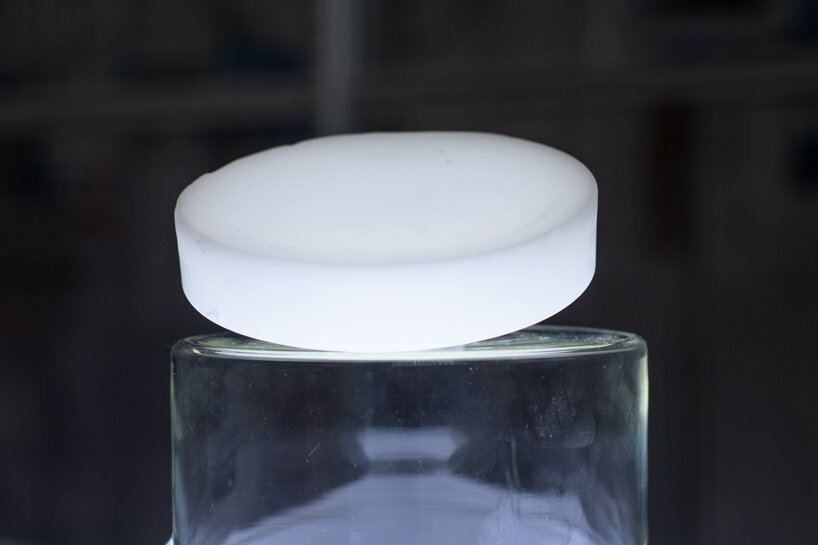
the new material
image: Uni Halle / Marian Sorge
a more efficient thermal mass
Stable, efficient and eco-friendly, the team thinks the new material could be ideal for use in the construction industry for thermal mass. If integrated into wall panels, the material would absorb heat while it’s sunny then release that thermal energy back into the building once night falls and temperatures drop. Of course, some building materials already serve this function such as concrete or brick. However, the researchers found their material to be much more efficient, storing up to 24 times per 10° C more heat than conventional concrete or wallboard.
Importantly, the panels made of this material mixture do not melt when they absorb heat, unlike hand warmers. ‘In our invention, the heat storage material is enclosed in a framework of solid silicate and cannot escape due to high capillary forces,’ explains Hahn.
The next steps are to fine tune the material and to scale up the small laboratory tests. The team has also suggested it could be used to passively cool photovoltaic systems and batteries, thereby increasing their efficiency. Felix Marske, who drove the development forward as part of his doctorate with Thomas Hahn, comments,‘The knowledge we are gaining can be used to further optimize the material and to potentially produce it on an industrial scale.’
The research was published in ScienceDirect.
